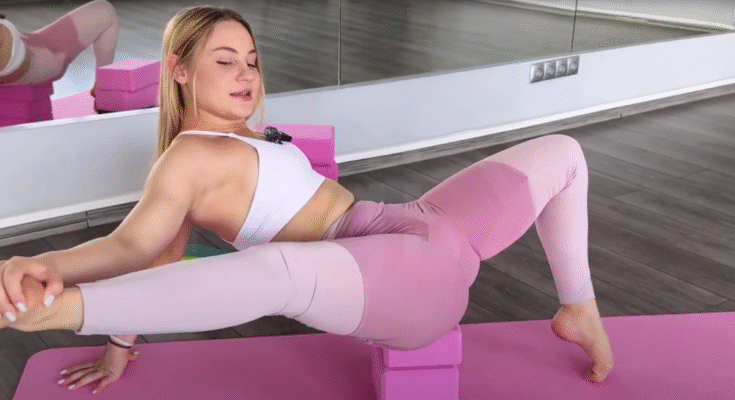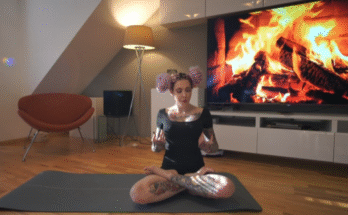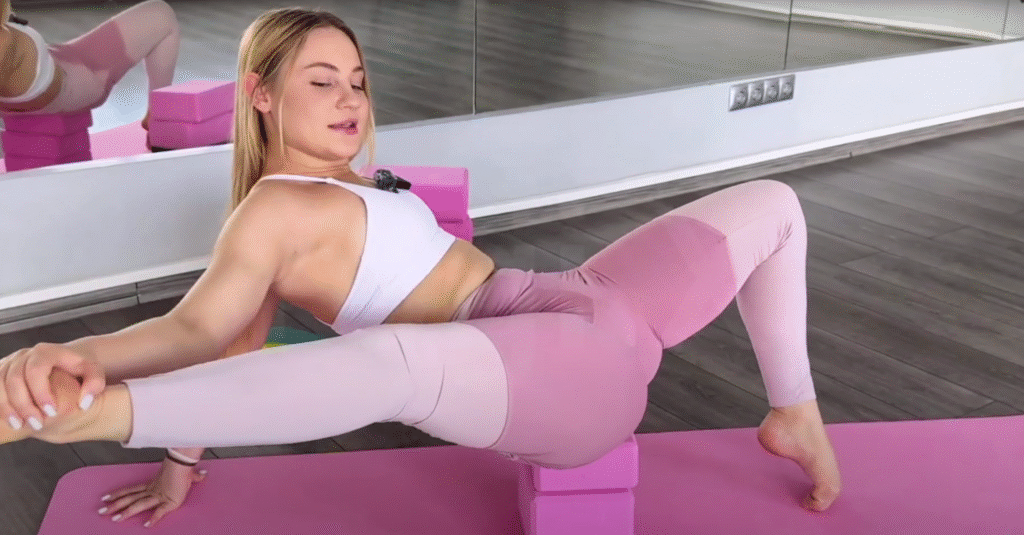
Flexibility has become one of the most talked-about aspects of fitness in recent years. Whether you’re a beginner who simply wants to feel less tight after sitting all day, or an athlete looking to improve performance and mobility, hip opening and split training can transform the way your body moves. Today, we’ll explore a 3-minute daily stretch routine designed for both beginners and athletes. This routine focuses on building splits flexibility and opening the hips in a safe, progressive, and effective way. And yes—just three minutes a day can make a difference when practiced consistently.
Why Splits & Hip Opening Matter
The splits aren’t just a flashy trick seen in dance or gymnastics. They’re a symbol of mobility, hip health, and balance between strength and flexibility. Tight hips can lead to discomfort, lower back pain, and restricted movement in everyday life. For athletes, flexible hips improve stride length, agility, and injury prevention.
Hip opening stretches also target multiple muscle groups, including:
- Hip flexors (front of the hips, often tight from sitting).
- Hamstrings (back of the thighs, essential for splits).
- Adductors (inner thighs, responsible for leg rotation and stability).
- Glutes (supporting the pelvis and hip mobility).
When these muscles work together in balance, your body gains more fluid movement, better posture, and greater strength.
The Power of a 3-Minute Routine
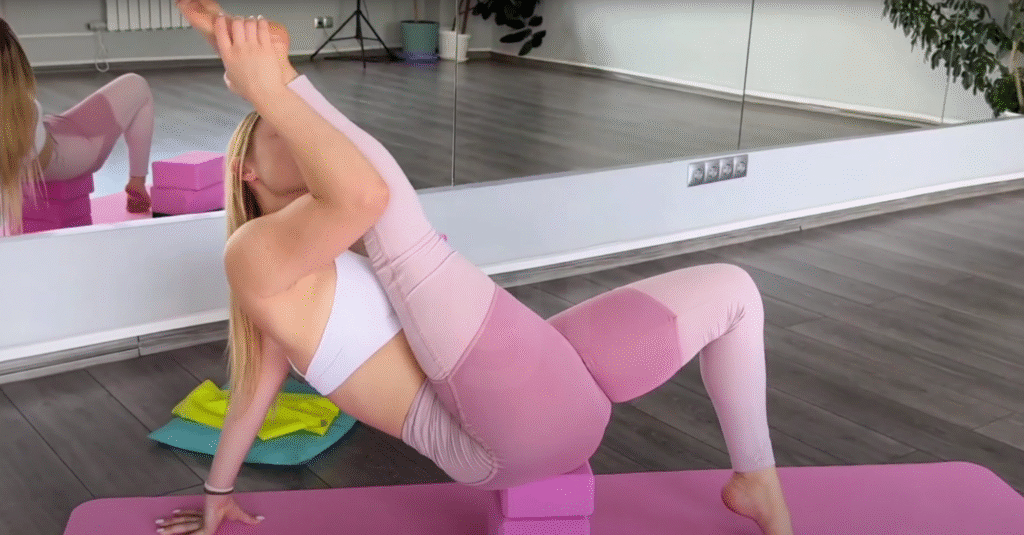
You may wonder: Can just three minutes really help? The answer is yes—if you do it daily. Think of flexibility like brushing your teeth: consistency matters more than duration. Three minutes of mindful stretching can help reduce stiffness, signal your nervous system to relax tight muscles, and build long-term mobility. For busy people, this short flow is easy to commit to and can be done morning or night, before workouts, or even during work breaks.
The 3-Minute Splits Flexibility & Hip Opening Flow
This routine is designed for beginners and athletes alike. It focuses on opening the hips safely while gently working toward deeper flexibility. You don’t need equipment—just a yoga mat or a soft surface.
Minute 1: Low Lunge (Hip Flexor Stretch)
- Step your right foot forward into a lunge position, keeping your left leg extended behind you with the knee on the mat.
- Sink your hips forward, feeling a deep stretch along the left hip flexor and quad.
- Keep your chest lifted, shoulders relaxed, and core engaged.
- Breathe deeply, staying for 30 seconds on each side.
👉 Why it works: Tight hip flexors are one of the biggest barriers to achieving splits. This stretch counteracts hours of sitting and lengthens the front body.
Minute 2: Half Splits Pose (Hamstring Stretch)
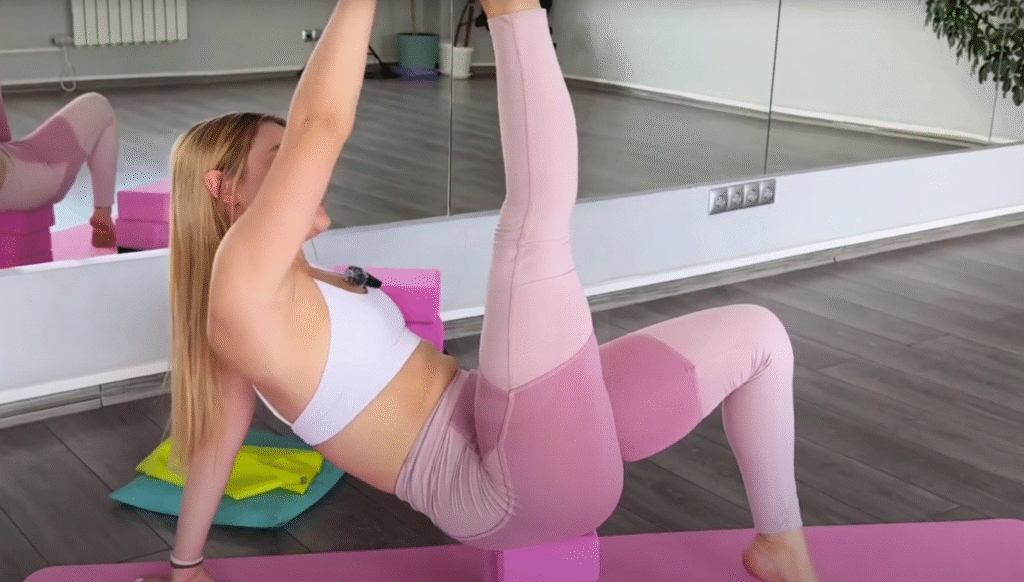
- From the lunge, shift your hips back and straighten your front leg, keeping the heel on the mat and toes pointing up.
- Flex your foot as you fold gently forward over your front thigh.
- Keep your spine long—avoid rounding the back excessively.
- Stay for 30 seconds on each side.
👉 Why it works: This pose directly targets the hamstrings, which are crucial for front splits. By practicing regularly, you increase both flexibility and control in your legs.
Minute 3: Butterfly Stretch (Hip Opener)
- Sit with the soles of your feet pressed together, letting your knees drop gently toward the mat.
- Hold your feet with your hands and sit tall, allowing your hips to open naturally.
- For a deeper stretch, hinge forward at the hips while keeping your spine long.
- Hold for the full 60 seconds, breathing into your hips.
👉 Why it works: The butterfly stretch works on the inner thighs and groin muscles, both of which are essential for improving overall hip mobility and building the foundations for middle splits.
Tips for Success
- Consistency over intensity. Stretching for three minutes every day is more effective than forcing long, painful sessions once a week.
- Listen to your body. Mild discomfort is normal, but sharp pain is a signal to back off.
- Breathe deeply. Inhale to lengthen your spine; exhale to deepen the stretch. Breath control relaxes muscles and helps you sink deeper over time.
- Warm up first. If you’re cold, try light movement like jogging in place, hip circles, or dynamic lunges before holding stretches.
- Progress gradually. Don’t push into the full splits on day one. Celebrate small improvements, like getting a little lower each week.
For Beginners
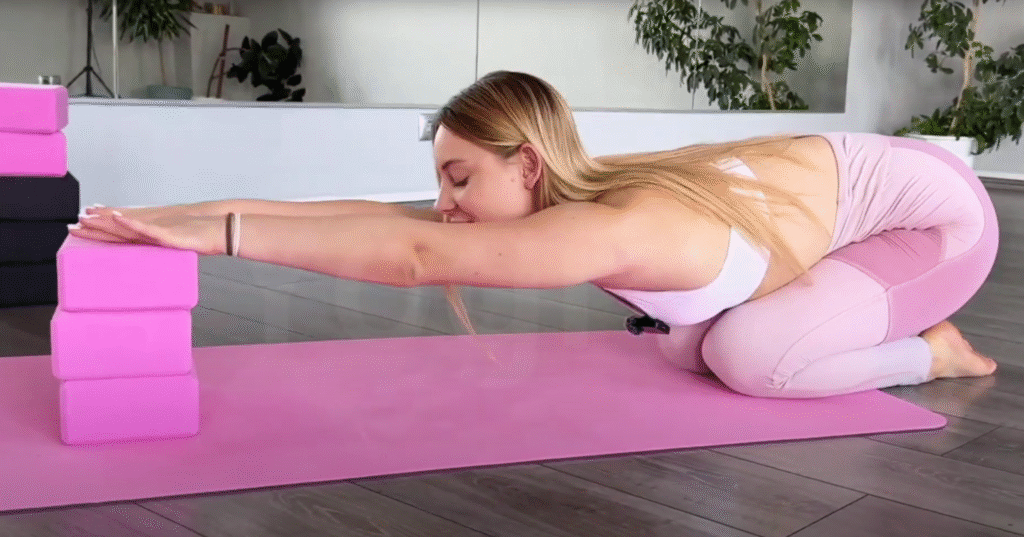
If you’re new to stretching, don’t worry—you don’t need to be flexible to start. In fact, the less flexible you are, the more benefits you’ll gain. Start gently, keep your movements slow, and don’t compare your progress to others. Even being a few inches closer to the ground after a week is a win.
Props like yoga blocks, cushions, or folded towels can also help support your body and make stretches more comfortable. For example, place blocks under your hands during half splits to avoid collapsing forward.
For Athletes
Athletes often focus heavily on strength and performance, sometimes neglecting flexibility. But splits and hip-opening training can improve performance across multiple sports:
- Runners: Longer stride length, reduced hip tightness.
- Martial artists: Greater kicking height and power.
- Weightlifters: Better squat depth and hip mobility.
- Cyclists: Reduced strain in the lower back and hips.
By incorporating this 3-minute stretch flow post-workout or on recovery days, athletes can boost recovery, prevent injuries, and perform with more freedom of movement.
The Mental Benefits
Stretching isn’t just physical—it also calms the mind. Hip-opening stretches, in particular, are known to release stored tension. Many people feel emotional release when practicing deep hip stretches. A short routine like this can help reduce stress, improve focus, and give a sense of grounding after a busy day.
Filming in 4K for Better Practice
If you’re following along with a 4K video tutorial, you get the added benefit of clear visuals that help you align your body properly. Beginners often struggle with posture, but seeing each move in high detail ensures better form and reduces the risk of injury. High-quality visuals also make the practice more engaging and motivating.
Long-Term Progression
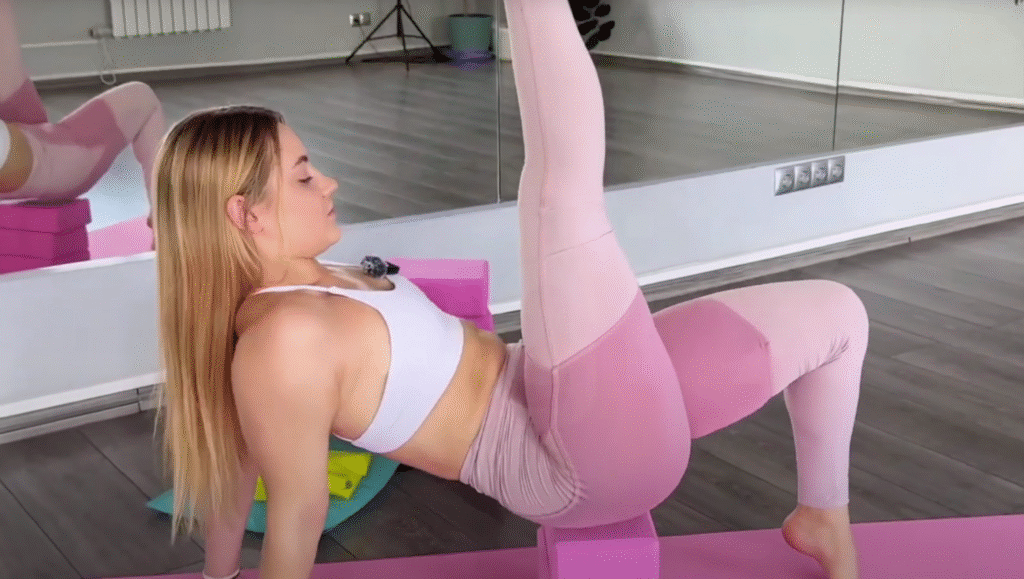
While three minutes a day is enough to create visible improvements, you can expand the flow as your body adapts. Here’s how to progress:
- Weeks 1–2: Stick to the 3-minute routine. Focus on breathing and consistency.
- Weeks 3–4: Add another minute with Pigeon Pose (deep hip opener).
- After 1 month: Extend to 5–7 minutes, incorporating deeper lunges, seated forward folds, or frog pose for middle splits.
- Beyond: Work toward full front and middle splits by holding deeper stretches for longer, always with patience and proper warm-up.
Final Thoughts
The path to splits flexibility and open hips doesn’t have to be overwhelming. With just three minutes a day, beginners and athletes alike can enjoy the rewards of better mobility, reduced stiffness, and improved athletic performance. Flexibility is not about forcing the body but about teaching it to trust and release tension gradually.
So, roll out your mat, commit to three mindful minutes each day, and watch how your body transforms. Remember: small consistent steps lead to incredible long-term results. Whether your goal is full splits, pain-free hips, or simply more ease in daily movement, this 3-minute daily stretch flow is the perfect place to start.
